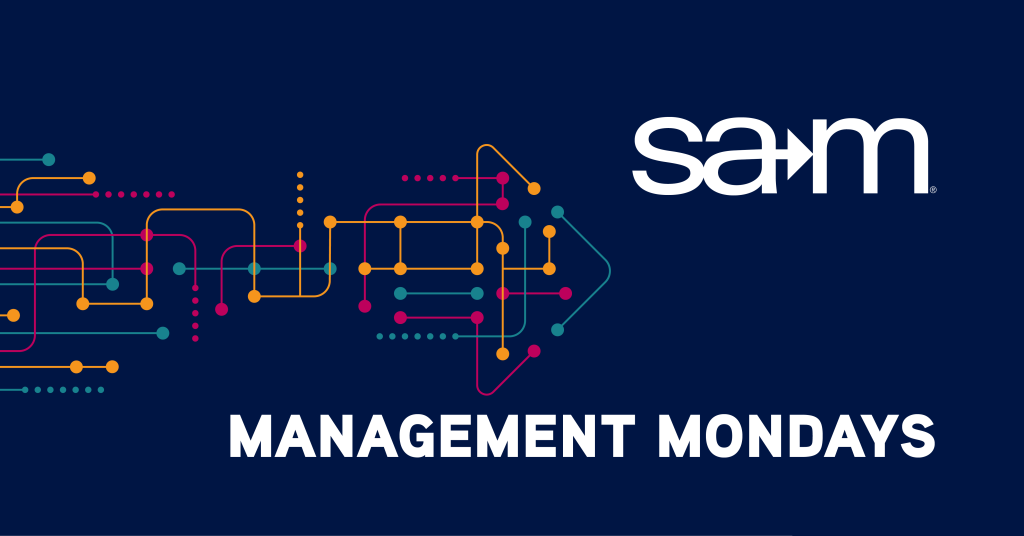
In many workplaces, joy has become an afterthought. The pressure to meet deadlines, hit performance targets, and keep up with nonstop change leaves little room for fulfillment or connection. Over time, this constant pressure erodes enthusiasm. What was once meaningful work begins to feel mechanical. Employees focus on surviving the week rather than thriving in their roles. While organizations may not intend to drain energy from their teams, a culture of stress can become normalized if no one steps back to challenge it.
The absence of joy is not just a morale issue. It is a productivity issue. When people are disengaged, performance suffers. Collaboration breaks down, creativity stalls, and turnover rises. The cost is real, even if it does not show up on a financial report right away. To create workplaces where people want to stay and grow, organizations must stop treating joy as a luxury. It is time to view joy as a critical ingredient in sustained success.
The Role of Human Connection
At the heart of joy is connection. People want to feel that they are part of something larger than themselves. They want to feel seen, heard, and valued, not only for their output but also for who they are. This kind of connection cannot be manufactured with perks or catchy slogans. It is built through daily interactions, honest conversations, and mutual respect. When people experience authentic connection in the workplace, they tend to bring more of themselves to their roles and contribute with greater purpose.
Strong relationships are also essential for effective collaboration. Teams that trust one another communicate more openly, solve problems faster, and offer support during difficult moments. In these environments, vulnerability is not viewed as a weakness. Instead, it becomes a bridge to deeper understanding and stronger performance. Organizations that intentionally foster connection are not lowering their standards or avoiding tough conversations. They are building a strong foundation that supports healthier, more resilient teams. Trust and human connection are not optional benefits. They are core elements of meaningful and productive work.
Creating a Culture of Care
A caring workplace is one where people believe their well-being matters. This belief must be reinforced through action. It shows up when leaders ask how someone is doing and listen without rushing to a solution. It shows up when policies support work-life balance, not just on paper but in practice. And it shows up when mental health is treated as a normal part of the conversation, rather than a topic to avoid. These signals of care help employees feel safe, which in turn allows them to fully engage.
Care is not just about individual acts of kindness. It is about building systems that make it easier for people to thrive. This means designing workloads that are manageable, creating flexibility when needed, and responding with empathy when life gets complicated. It also means making sure that everyone shares responsibility for the culture, including senior leaders and team members at every level. A culture of care does not emerge on its own. It is built through consistent, intentional effort.
The Productivity Case for Joy
When workplaces prioritize joy, they often see gains in areas they had previously struggled to improve. Engagement goes up. Retention improves. Innovation becomes more natural. These benefits are not the result of free snacks or casual Fridays. They are the result of people feeling empowered to bring their best selves to work. Joy is not the opposite of seriousness. It is the foundation for doing serious work well.
Joyful workplaces also recover faster from setbacks. Teams that feel connected are more resilient because they support each other in ways that go beyond formal processes. They know how to celebrate wins and reflect on losses without fear. In these environments, people are more open to learning, more willing to experiment, and less likely to burn out. The payoff is not only a more enjoyable workplace, but also a stronger and more agile organization.
Building Joy into the Everyday
Creating a joyful workplace does not require grand gestures. It starts with small moments of appreciation, recognition, and presence. It starts when managers check in not just on progress, but on people. It starts when meetings include time to share stories, ask questions, or celebrate something small. These habits create an emotional rhythm that sustains teams over time.
Leaders who want to build joy into daily work must model the behavior they hope to see. This means showing gratitude, being curious about others, and making space for humor and humanity. It also means designing workflows that reduce unnecessary stress and support real focus. When teams have the tools and trust they need, joy is not something extra to chase. It is something that naturally emerges from the way people work together.
Final Thoughts
Work should not feel like something people survive. It should be a place where individuals contribute meaningfully, grow professionally, and feel a sense of belonging. Reclaiming joy at work is not about ignoring challenges or avoiding accountability. It is about recognizing that people do their best when they feel safe, supported, and valued. When organizations focus on building collaborative and caring environments, they create space for joy to return. In doing so, they unlock a deeper level of productivity that reaches beyond surface-level performance.
The future of work will not be defined by technology alone. It will be shaped by the quality of our relationships and the strength of our shared purpose. By prioritizing joy, organizations move closer to becoming the kind of place where people want to stay, contribute, and lead. This shift is not just beneficial for employees. It also strengthens business results. Joy is not a distraction from outcomes. It is a powerful driver of meaningful and lasting success.
Creating a workplace where people feel supported, seen, and empowered starts with emotionally intelligent leadership. Managers who understand their own emotions and respond with empathy are better equipped to build trust, resolve conflicts, and support joy in the workplace.
Our Emotional Intelligence for Managers course gives you the tools to lead with awareness and impact. You will explore nine key emotional intelligence factors and learn how to apply them in real-world business scenarios. The course helps you strengthen relationships across your team and lead in a way that supports well-being and performance together.
SAM members receive a 20 percent discount on all our courses. Register today for Emotional Intelligence for Managers and start creating the kind of workplace where people thrive.

Written By,
Patrick Endicott
Patrick is the Executive Director of the Society for Advancement of Management, is driven by a deep commitment to innovation and sustainable business practices. With a rich background spanning over a decade in management, publications, and association leadership, Patrick has achieved notable success in launching and overseeing multiple organizations, earning acclaim for his forward-thinking guidance. Beyond his role in shaping the future of management, Patrick indulges his passion for theme parks and all things Star Wars in his downtime.
